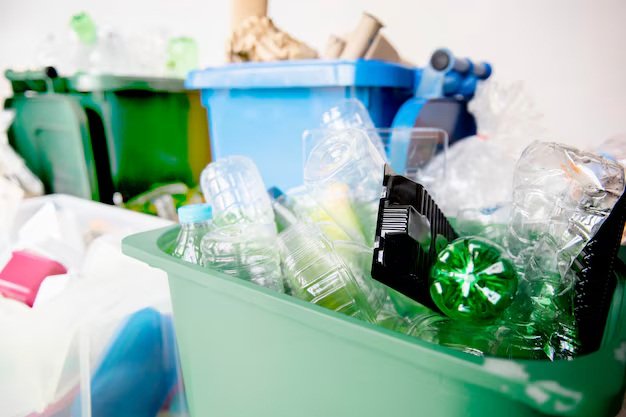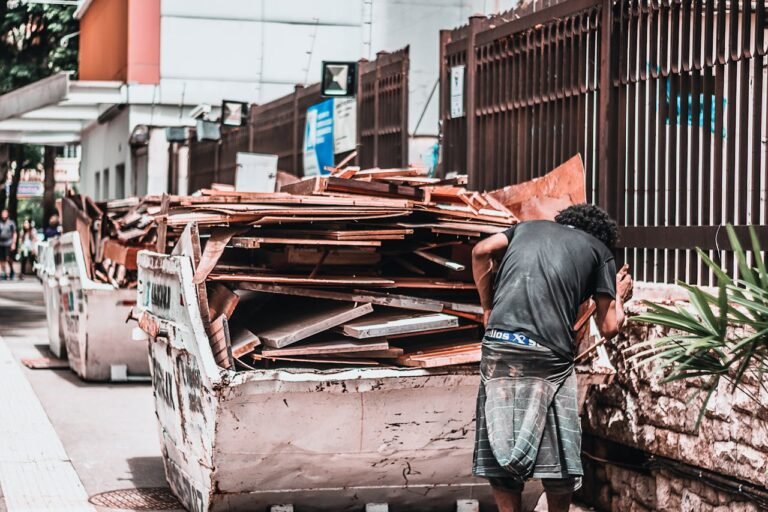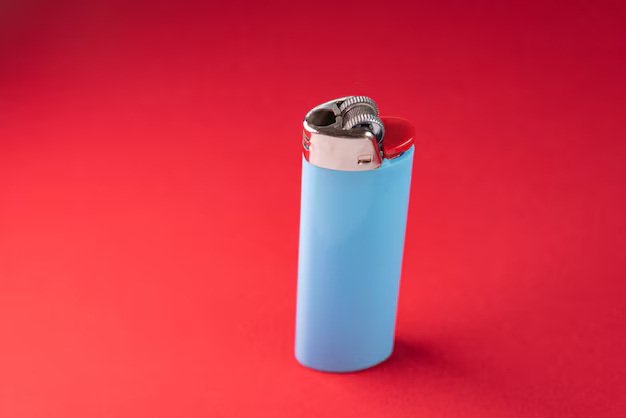Single-Use Plastics Examples in Everyday Life
Everywhere you look, plastic is part of life. It wraps our food, carries our groceries, and holds our drinks. Most of the time, we use it for just a few moments before tossing it away. But what happens after that? Those single-use plastics don’t just disappear. They pile up in landfills, float in our oceans, and even break down into tiny particles that end up in our food and water. The truth is that single-use plastics have become one of the biggest environmental challenges of our time.
Imagine this: you grab a plastic bottle of water on a hot day, drink it in ten minutes, and throw it in the bin. That bottle could last in the environment for 450 years. Now, multiply that by the billions of people doing the same thing every day. It’s an overwhelming problem, but one we can work to solve if we understand it better. This guide will help you see where single-use plastics appear in your daily life, what their impact is, and what you can do to cut down on their use.
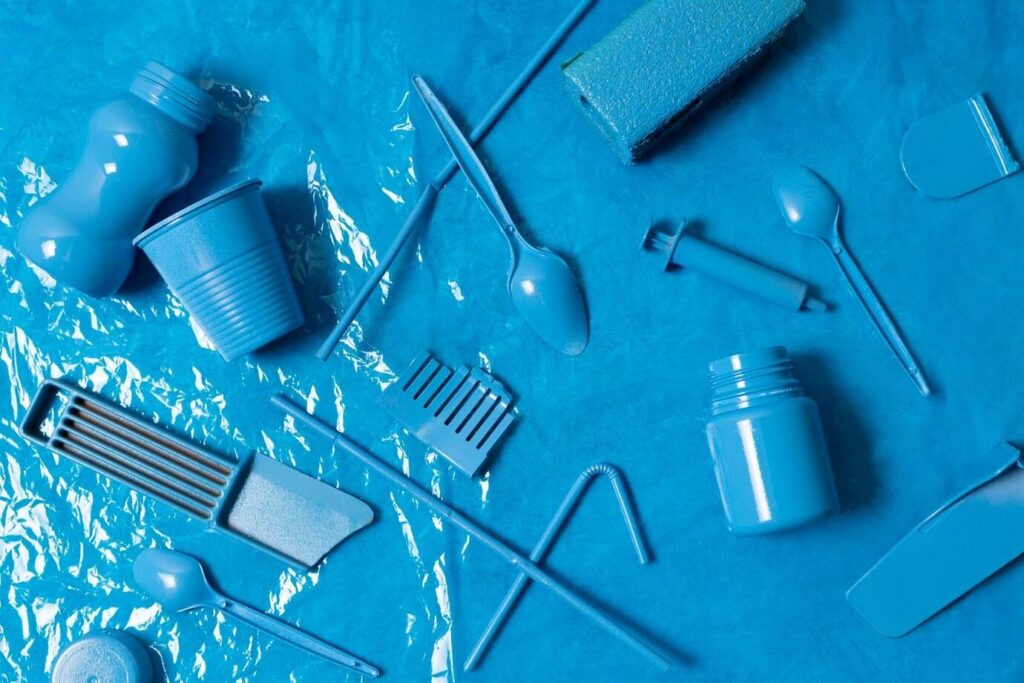
In This Article
- What Are Single-Use Plastics?
- Common Single-Use Plastics in Daily Life
- The Impact of Single-Use Plastics
- Real-World Experiences with Single-Use Plastics
- How to Reduce Single-Use Plastic Use: Practical Steps
- Conclusion: A Call to Action
What Are Single-Use Plastics?
Single-use plastics are exactly what they sound like—plastic items designed to be used once and then thrown away or recycled. They’re made from materials like polyethene (PE), polypropylene (PP), and polystyrene (PS), which don’t break down easily. Instead of decomposing like organic materials, these plastics fragment into smaller and smaller pieces, persisting in the environment for hundreds of years.
You’ve seen them everywhere: the plastic wrap on your groceries, the straw in your iced coffee, the Styrofoam container your takeout comes in. Most of these items serve a purpose for just a few minutes before becoming waste. Recycling helps in some cases, but the reality is that less than 10% of plastic waste is ever successfully recycled (UNEP, 2022). The rest? It ends up in landfills, the ocean, or the air as microplastics.
Common Single-Use Plastics in Daily Life
1. Packaging
Think about the last time you went grocery shopping. Those thin plastic bags you used for fruits and vegetables, the shrink wrap around your meat, or the bubble wrap protecting fragile items—all are single-use plastics. Shockingly, global plastic production has surged from 2 million metric tons in 1950 to 400 million metric tons by 2024, with projections indicating it could triple by 2060. Despite this massive production, only about 10% of plastic is recycled, leaving the majority to pollute ecosystems and even enter human bodies.

2. Food & Beverage Containers
Disposable items like coffee cups with plastic lids, plastic water bottles, and plastic straws significantly contribute to environmental pollution. In the United States, approximately 50 billion plastic water bottles are purchased annually, averaging about 13 bottles per month for every person. Estimates suggest that Americans use between 175 million and 500 million plastic straws daily. Additionally, around 25 billion polystyrene coffee cups are discarded each year in the U.S. These single-use items are typically used for mere minutes but can persist in the environment for centuries, contributing to long-term pollution and ecological harm.
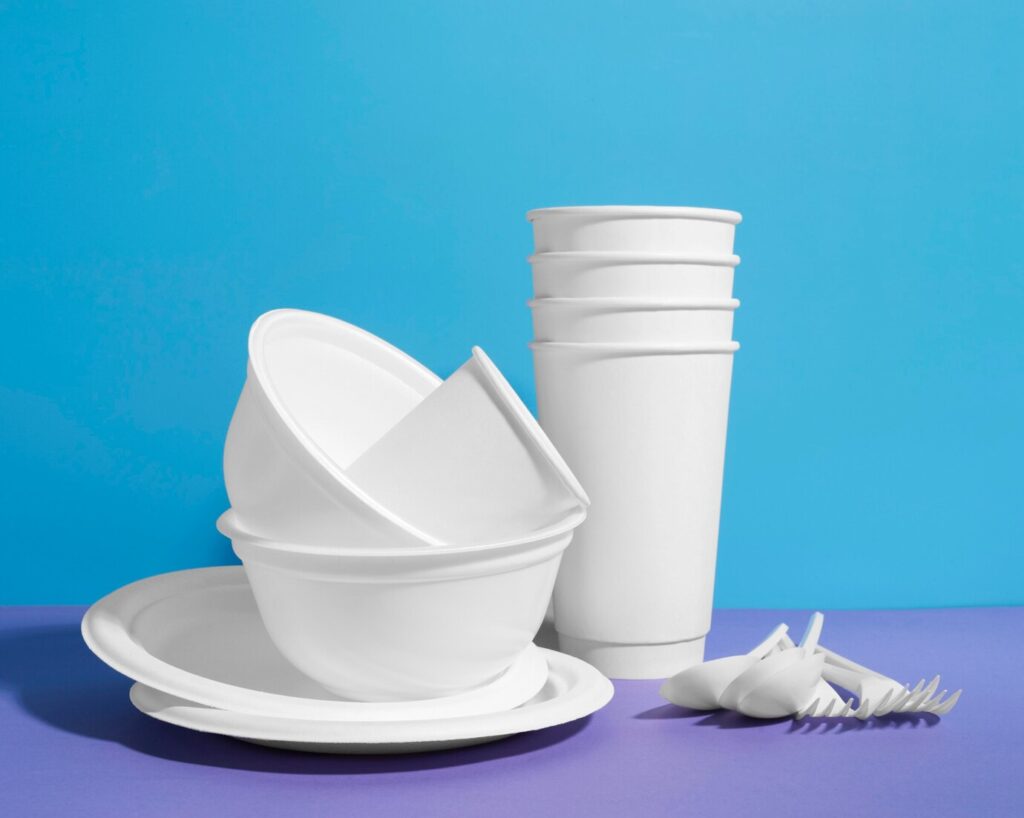
3. Personal Hygiene
Consider your bathroom: disposable razors, cotton swabs with plastic stems, and plastic toothbrushes are all common. In the U.S., approximately one billion plastic toothbrushes are discarded annually, contributing about 50 million pounds of waste to landfills each year

4. Medical
In healthcare, single-use plastics are vital for hygiene and safety. Items like syringes, IV bags, and gloves are designed for one-time use to prevent contamination. While essential, they contribute to the growing plastic waste problem, especially given the increased medical demand in recent years.

5. Retail & Commerce
Ordering takeout often means receiving plastic cutlery, Styrofoam trays, and plastic bags. Globally, five trillion plastic bags are produced annually, and it can take up to 1,000 years for a bag to disintegrate completely. These items, used briefly, have long-lasting environmental impacts.
Learn More: 20 Examples of Biodegradable and Non-Biodegradable Waste
The Impact of Single-Use Plastics
1. Environmental Consequences
Ocean Pollution
Pristine coastlines, once symbols of natural beauty, are now tainted by waves of plastic waste washing ashore. The sight of plastic bottles, fishing nets, and food wrappers entangled in seaweed has become disturbingly common. In 2010 alone, scientists estimated that approximately 8 million metric tons of plastic entered the ocean, comparable to the weight of nearly 90 aircraft carriers. This relentless influx of plastic disrupts marine ecosystems and endangers countless species.
Microplastics in Our Diet
The issue extends beyond visible pollution. Microplastics—tiny plastic particles less than five millimetres in size—have infiltrated our food and water sources. A study published in Environmental Science & Technology estimated that individuals consume between 39,000 to 52,000 microplastic particles annually, depending on age and sex. To put this into perspective, some researchers suggest that we might be ingesting the equivalent of a credit card’s worth of plastic each week. The long-term health implications of this ingestion remain a critical area of ongoing research.
Wildlife Endangerment
The toll on wildlife is heartbreaking. Research has identified over 250 marine species affected by plastic pollution, with entanglement and ingestion leading to devastating consequences. Each year, over 100,000 marine animals—including dolphins, whales, and seals—die due to plastic entanglement or ingestion. Additionally, approximately one million seabirds succumb annually after consuming plastic debris, mistaking it for food. Studies have shown that soft plastics and balloon fragments significantly increase the likelihood of seabird mortality, while sea turtles face heightened risks with each piece of plastic ingested. These statistics show the devastating impact of plastic pollution on marine life.
2. Health Risks
Chemical Exposure
Beyond environmental concerns, single-use plastics pose direct health risks to humans. Chemicals like Bisphenol A (BPA) and phthalates, commonly found in plastic products, can leach into our food and beverages. Research indicates that BPA exposure may affect the brain and prostate gland of fetuses, infants, and children and has potential links to increased blood pressure, type 2 diabetes, and cardiovascular disease. Similarly, phthalates have been associated with hormonal and developmental issues, particularly in vulnerable populations like infants and young children.
Microplastics in the Human Body
Perhaps even more concerning is the recent discovery of microplastics in human blood. A pioneering study detected plastic particles in 77% of the participants tested, demonstrating that these particles are bioavailable for uptake into the human bloodstream. The concentrations ranged from 1.84 to 4.65 micrograms per millilitre, with polyethene being the most abundant. The presence of microplastics in our circulatory system raises significant questions about their potential impact on human health, emphasising the urgent need for further research.
Real-World Experiences with Single-Use Plastics
A Personal Story: The Water Bottle Wake-Up Call
For years, I had a habit of purchasing bottled water during my daily activities. It was convenient—grab a bottle, stay hydrated, and dispose of it without a second thought. However, a conversation with a friend about environmental conservation led me to reflect on this routine. I realised that if I bought a bottle every day, that would amount to 365 plastic bottles annually. Considering that Americans purchase about 50 billion water bottles per year, with the average person using 13 bottles per month, my contribution was a mere drop in a vast ocean of plastic waste.
The environmental footprint of these bottles is staggering. Most are made from polyethene terephthalate (PET), a material that, while recyclable, often ends up in landfills or the environment due to inadequate recycling practices. Only about 23% of disposable plastic bottles are recycled in the U.S., leading to significant environmental pollution.
This realisation prompted me to invest in a reusable stainless steel water bottle. Not only did this reduce my personal plastic consumption, but it also saved money and ensured I always had water on hand. By making this simple switch, I joined a growing number of individuals committed to reducing single-use plastic waste.
Case Study: The Impact of Plastic Bag Charges
The detrimental effects of plastic bags on the environment have led several countries to implement policies aimed at reducing their usage. In 2015, the UK introduced a 5p charge for single-use plastic carrier bags in large stores. Research conducted by Cardiff University evaluated the impact of this charge and found a significant reduction in plastic bag use. Before the charge, the average person used around 140 plastic bags annually. After the charge was implemented, this number dropped by approximately 85%, with many consumers opting for reusable bags instead.
This policy not only decreased plastic waste but also influenced public attitudes towards environmental conservation. The success of the plastic bag charge demonstrated that legislative measures, combined with public awareness, can lead to substantial behavioural changes and environmental benefits.
Expert Insights on Reducing Single-Use Plastics
Experts in environmental science and sustainability emphasise the importance of reducing single-use plastics to mitigate environmental harm. Dr. Wouter Poortinga, a professor at Cardiff University, highlights the effectiveness of financial incentives:
“This research not only showed that modest charges on plastic bags and disposable coffee cups led to substantial behavioural changes, but also that the charges act as a catalyst to wider awareness of the detrimental impacts of plastic waste and pollution, leading to increased public support for further policy actions.”
Furthermore, a study published in Science suggests that a combination of measures—including a global cap on plastic production, investment in waste infrastructure, packaging taxes, and recycling mandates—could significantly reduce mismanaged plastic waste and emissions. The study emphasises that without a cap on production, solving plastic pollution will become increasingly difficult, as reported by The Guardian.
Learn More: Why Is Plastic Pollution Bad for the Environment?
How to Reduce Single-Use Plastic Use: Practical Steps
1. Adopt Reusable Alternatives
One of the simplest ways to cut down on plastic waste is to swap out disposable plastics for reusable options:
| Single-Use Plastic | Sustainable Alternative |
|---|---|
| Plastic bags | Reusable cloth bags |
| Water bottles | Stainless steel or glass bottles |
| Straws | Bamboo, stainless steel, or silicone straws |
| Takeaway containers | Glass or metal containers |
These swaps not only reduce waste but also save money in the long run. Imagine skipping plastic bags at the grocery store—one small habit that keeps hundreds of bags out of landfills each year.
2. Support Sustainable Brands
Many companies are stepping up to reduce plastic waste. Brands like Lush use compostable packaging, while Patagonia prioritises recycled materials. Choosing these brands sends a message: We want sustainability, not waste.
3. Advocate for Change
Change happens when people speak up. Support plastic bans, join community clean-ups, and educate friends about plastic pollution. Even sharing what you’ve learned makes a difference. Every action counts—together, we can create a cleaner, healthier planet.
Conclusion: A Call to Action
Single-use plastics are deeply embedded in our daily lives, but with awareness and simple lifestyle changes, we can reduce our reliance on them. Whether it’s bringing a reusable water bottle or supporting sustainable policies, every small effort counts. Let’s collectively rethink our plastic consumption and move towards a more sustainable future.
This guide was developed using research from leading environmental organizations, academic studies, and firsthand experiences. For further reading, visit resources like National Geographic, UNEP, and the Plastic Pollution Coalition

